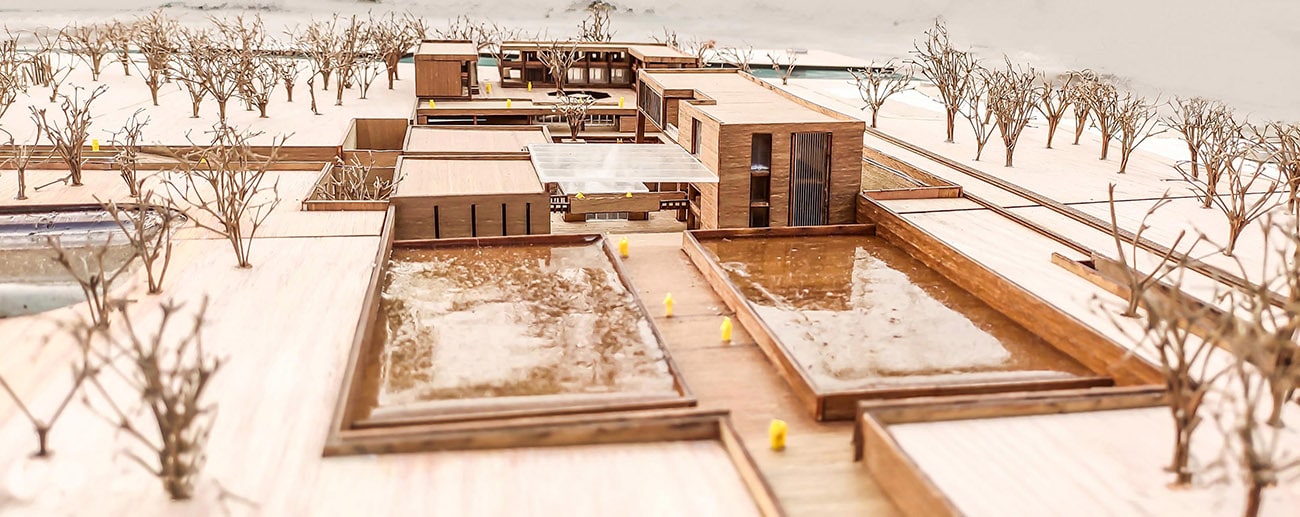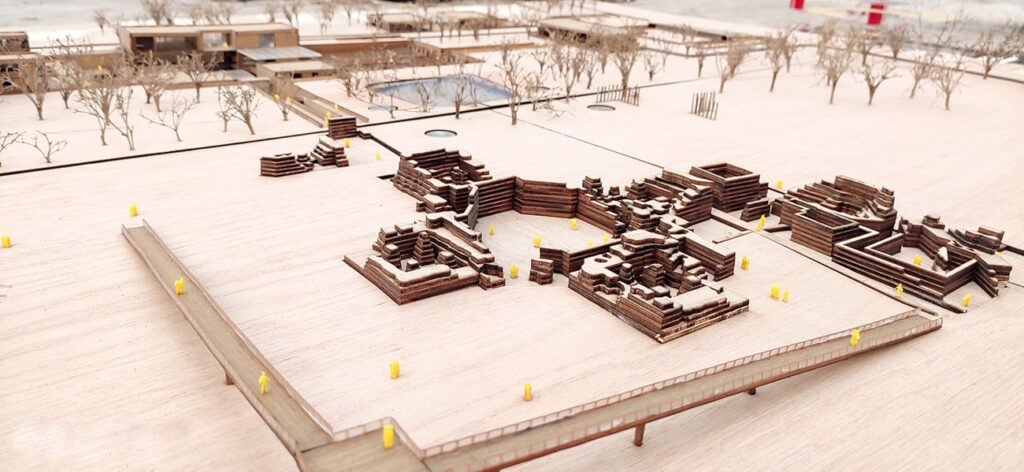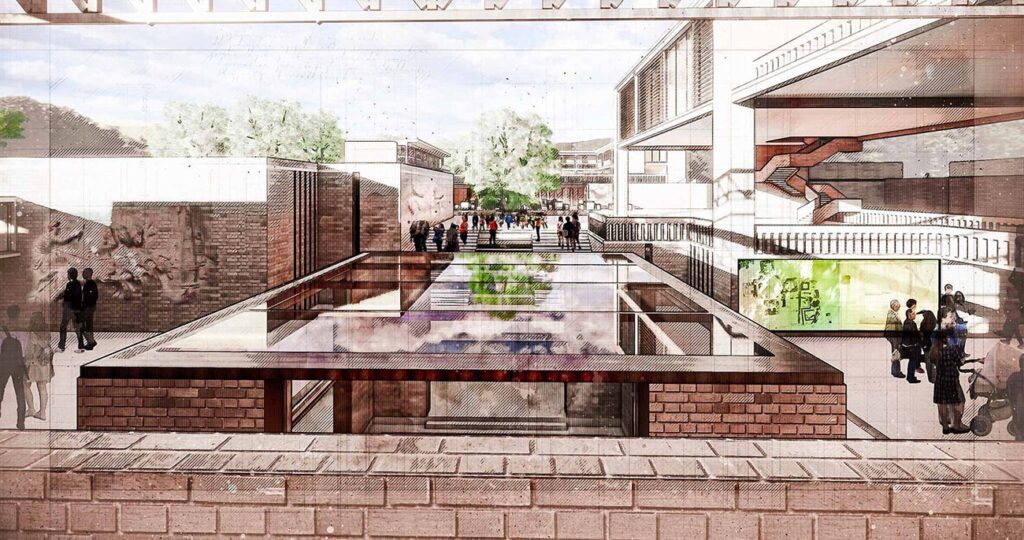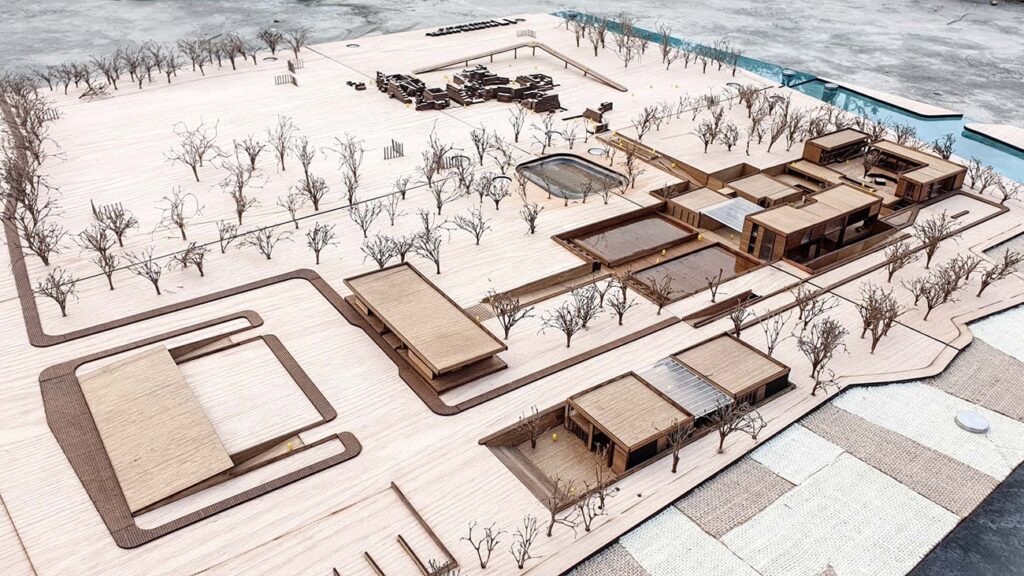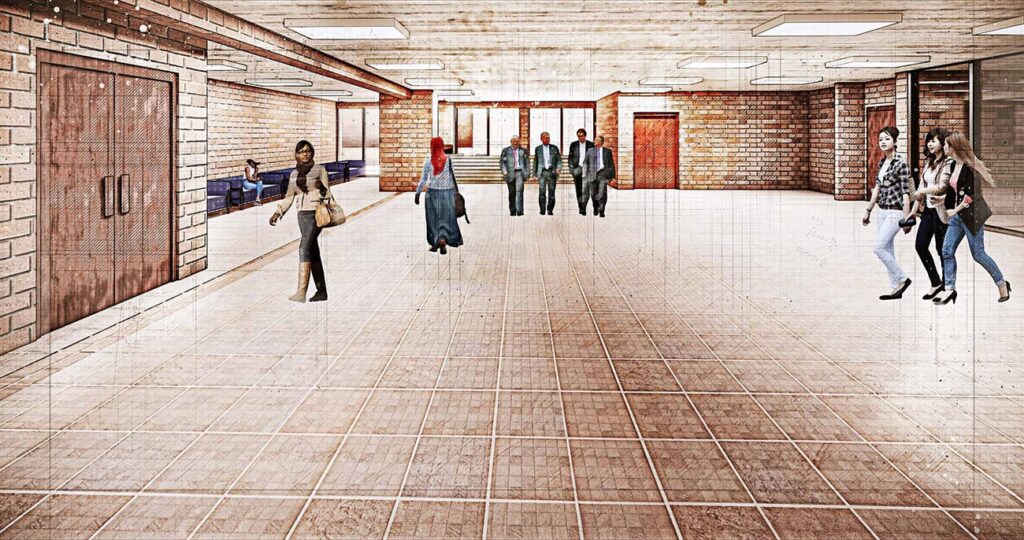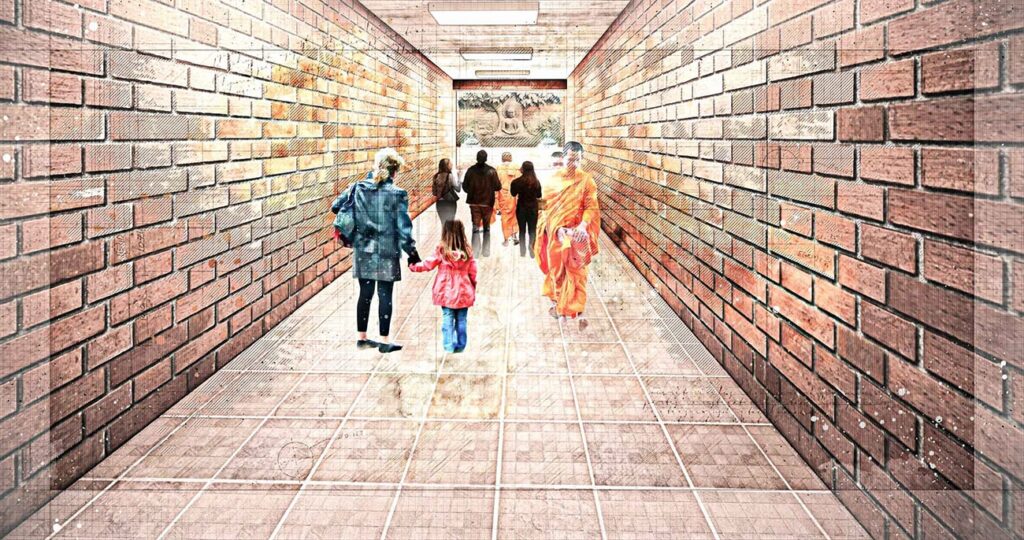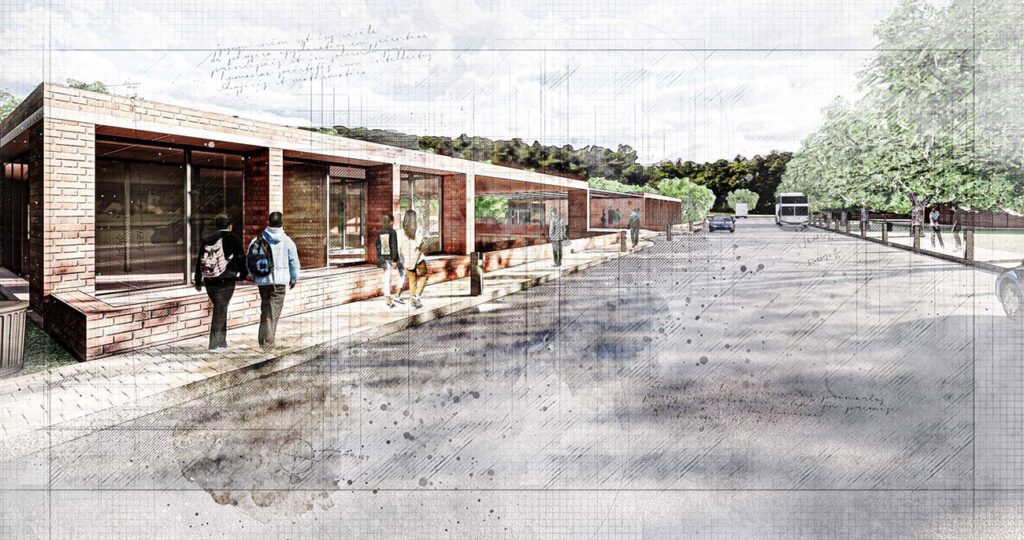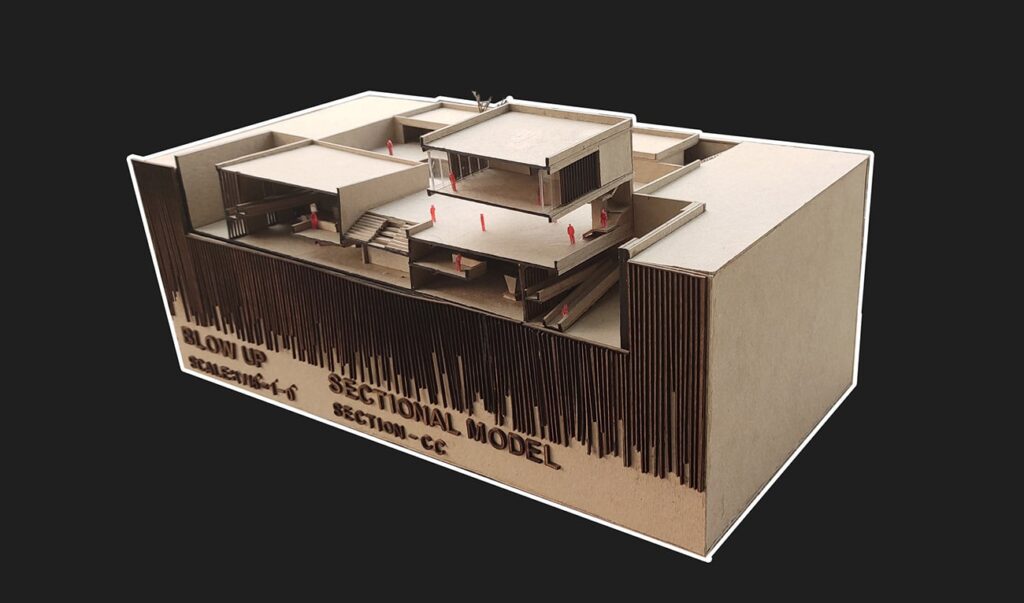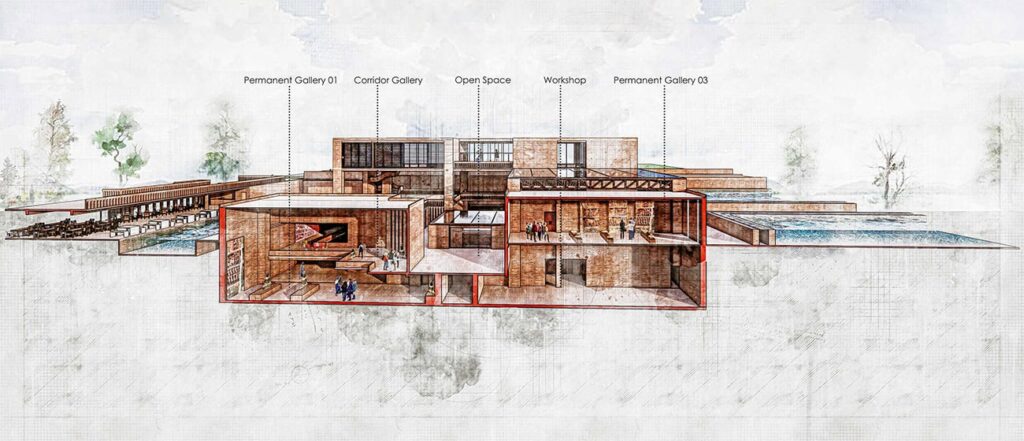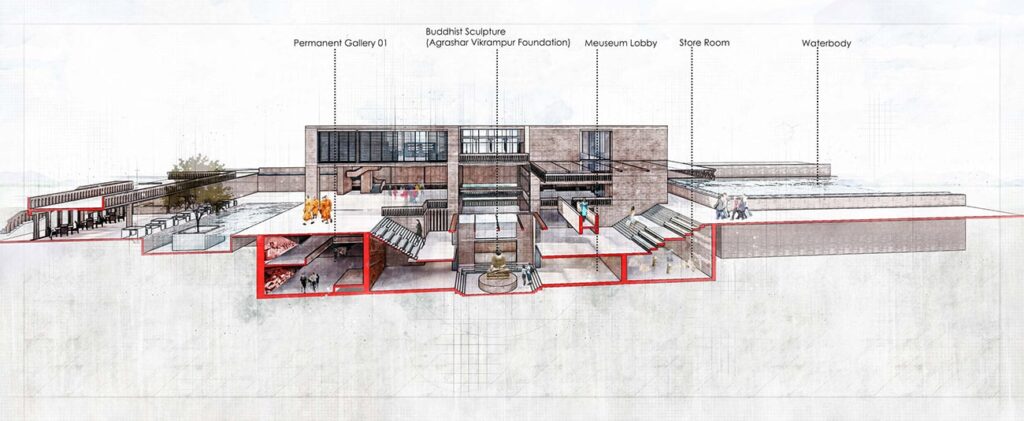Archeological Park at Nateshwar Buddhist Bihar
Vikrampur is an important designation in the early history of Bengal. The remains of an estimated 1,000-year-old temple and city have been found in Munshiganj District’s Vikrampur, one of the oldest archaeological sites in Bangladesh. The archaeological site of Nateshwar in Vikrampur has the potential to become a center of Buddhist culture in South Asia and earn its place as a world heritage site. The recently excavated Nateshwar archaeological site bears witness to the Bengal region’s thousand-year-old history, with its pyramid-shaped stupas, wide walkways, mandaps and households.
Ranging from biological remains of flora and fauna to terracotta, metal and stone artifacts and unique architecture, the archaeological findings at Nateshwar paint the picture of an ancient civilization. For a long period, people had been discovering architectural remains, sculptures and other ancient objects from here. Archaeologists discovered parts of ancient architecture by exposing 344 square meters at Nateshwa duel. This project is proposed by Fuad Hasan Tanvir, a student of American International University-Bangladesh (AIUB). His studio masters were Hasan Ahmed Chowdury and Irfat Alam. The main aims of the project are to preserve the archeological remains by proposing a museum and to enlighten the people about the history of Bengal and to integrate the local people with this project so that the people and the project serve each other.

The thought behind the project was to create spaces that reflect the ancient Buddhist architecture, philosophy of Buddha and narrates the story of his life. At the same time, the form has been derived from the symmetrical approach of the ancient Buddhist monasteries of Bengal. The master plan preserves the existing ruins and the future excavation site has also been kept untouched. There is a river in the west which is the site force that complements the master plan. The existing pond in the site has also been kept as it was. The entire master plan is intended to create co-existence of the human-made elements with the natural elements in the site rather than superimposing the one over another. The main entry is from the east which has the information centre and in the west, there is the museum gallery, cafe and accommodation. The accommodation wing has a dormitory, kitchen. The research wing lies in the north. It has a laboratory for the archaeologists, archaeologists’ office, admin office, seminar room and an office for the Agrashar Vikrampur Foundation.

